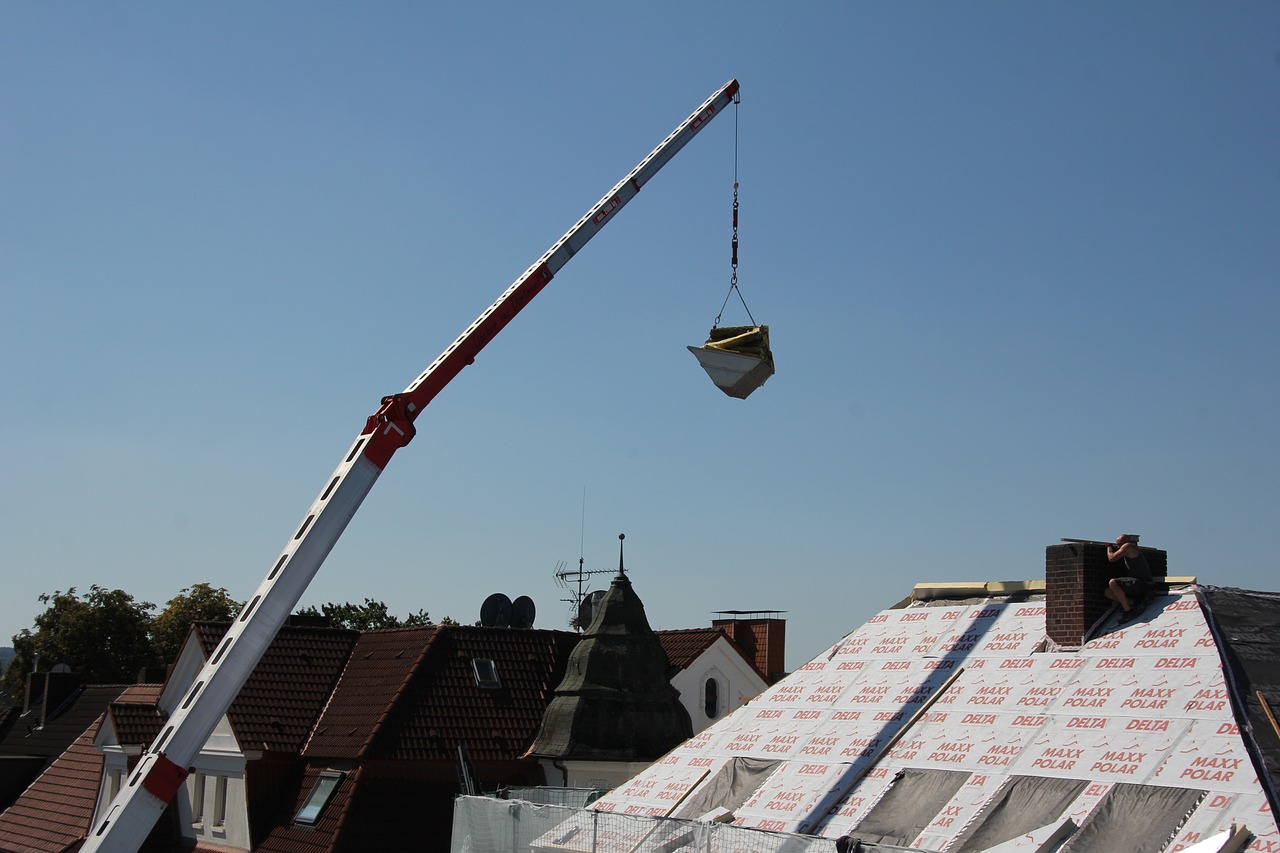The roof is arguably the most important part of any building. It provides shelter from the elements and helps regulate temperature. However, the interior of the roof is often overlooked when it comes to protection. This can lead to a variety of problems, including leaks, damage to insulation, and even mold. In this article, we will discuss the importance of interior roofing protection and some of the most common types used today.
First and foremost, interior roofing protection is essential to prevent leaks. A leaky roof can cause costly damage to the interior of a building. Water damage can lead to the deterioration of insulation, drywall, and even flooring. This can create a breeding ground for mold and mildew, potentially causing serious health problems.
One of the most common types of interior roofing protection is a vapor barrier. This barrier is installed between the insulation and the interior of the roof. Its purpose is to prevent moisture from entering the space between the insulation and the roof. This can help reduce the likelihood of mold and mildew growth and also prolong the life of the insulation.
Another type of interior roofing protection is a radiant barrier. This barrier is installed on the underside of the roof and reflects heat away from the interior of the building. This can help regulate the temperature of the building, making it more energy-efficient. A radiant barrier can also help prolong the life of the roof by reducing the amount of heat absorbed by the roofing materials.
A third type of interior roofing protection is insulation. Insulation is essential to regulate temperature and prevent heat loss. There are many types of insulation available, including fiberglass, cellulose, and foam. Each type has its own benefits and drawbacks, so it’s important to choose the right one for your building.
One benefit of insulation is that it can help reduce noise levels in the building. This is especially important in buildings with high ceilings or large open spaces. Insulation can also help reduce energy costs by preventing heat loss in the winter and heat gain in the summer. This makes it an essential component of any energy-efficient building.
When it comes to choosing interior roofing protection, it’s important to work with a professional. A professional will be able to assess your building and recommend the best type of protection for your needs. They will also be able to install the protection properly, ensuring that it performs as intended.
In addition to installation, it’s also important to maintain your interior roofing protection. This means inspecting it regularly for damage or wear and tear. If any damage is found, it should be repaired as soon as possible to prevent further damage from occurring.
Interior roofing protection is an essential component of any building. It helps prevent leaks, regulates temperature, and reduces energy costs. There are many types of protection available, including vapor barriers, radiant barriers, and insulation. When choosing protection, it’s important to work with a professional and to maintain it regularly. By doing so, you can help prolong the life of your roof and keep your building safe and comfortable for years to come.

Leave a Reply